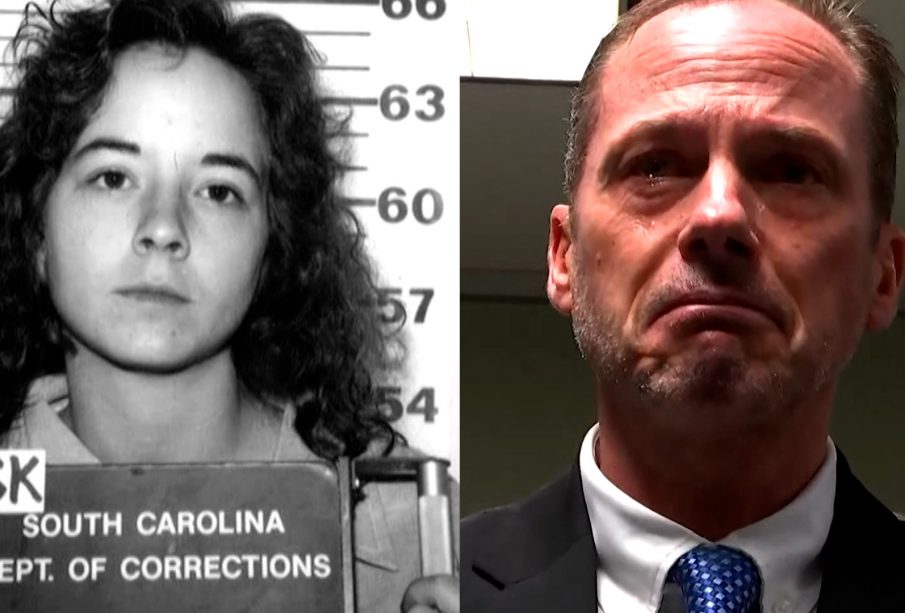The Impact of the Susan Smith Case on American Society

Introduction
The case of Susan Smith, a woman who infamously confessed to drowning her two young children in 1994, has become a poignant example of the complexities surrounding mental health issues and societal responses to crimes. This notorious incident not only shocked the nation but also brought to light significant dialogues regarding parental responsibilities, psychological struggles, and the failings of social systems in supporting families in distress.
Background of the Case
On October 25, 1994, Smith reported her car had been carjacked with her two sons, Michael and Alexander, inside. However, days later, under mounting pressure from law enforcement and the media, she confessed to the unthinkable—she had deliberately driven her car into a lake with her children strapped in their car seats. This shocking revelation led to her arrest and a national outcry.
Public Reaction and Media Coverage
The media frenzy that ensued illustrated America’s morbid fascination with crime and tragedy. News outlets prominently covered every detail, amplifying the horror and investigation of the case. Public opinion was sharply divided; some viewed Smith as a monster, while others questioned the support systems in place for struggling parents. Studies conducted after the incident revealed a significant interest in discussing mental health and societal pressures on parents, underscoring the dire consequences of untreated psychological issues.
Legal Proceedings and Sentencing
Smith faced a highly publicized trial in 1995. The prosecution painted a picture of a manipulative mother, while the defense argued that mental health issues led Smith to her actions. Ultimately, she was convicted of two counts of murder and sentenced to life in prison without the possibility of parole. Her case emphasized the legal system’s role in addressing mental illness and its implications for criminal behavior.
Conclusion
The Susan Smith case continues to resonate with various themes, from issues related to motherhood to the criminal justice system’s handling of mental health. As society progresses, discussions around prevention, treatment for mental health challenges, and support for families in crises are critical. Looking ahead, it is crucial for communities to engage more deeply in dialogues that can help prevent similar tragedies and ensure that those in need receive timely support. This case serves as a stark reminder of the human condition’s fragility and the impactful nature of unresolved mental health issues.









